The discovery of fossilized dinosaur eggs has opened an exciting new chapter in paleontology—the study of ancient life. These remarkable finds are reframing our understanding of how dinosaurs reproduced and cared for their young. By examining these ancient remnants, scientists can piece together details about the reproductive habits of these fascinating creatures, offering fresh insights into their behavior and evolutionary adaptations. This article delves into how fossilized dinosaur eggs are transforming our knowledge of these prehistoric wonders and challenging traditional perceptions of reproduction.
Unraveling the Mystery of Dinosaur Eggs
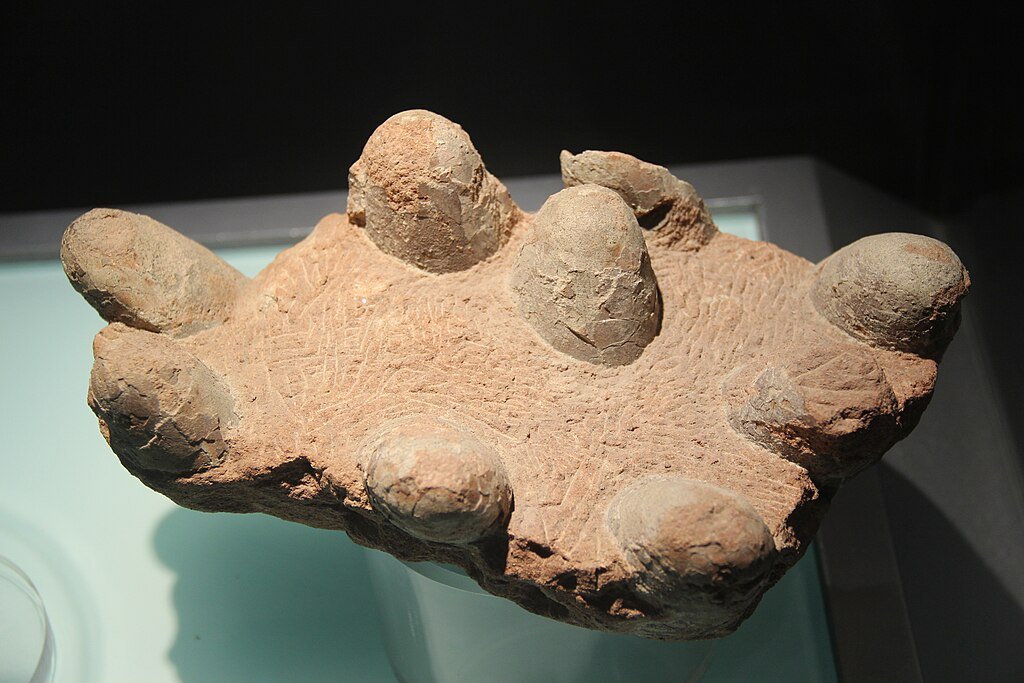
The first step in understanding dinosaur reproduction is studying the eggs they left behind. Dinosaur eggs are often found in clusters, which suggests that many species, like modern birds, might have laid eggs in communal nests. By examining the size, shape, and texture of these eggs, scientists can infer the species of dinosaur that laid them and draw parallels to the reproductive behaviors of present-day animals. The calcified shells of these eggs have stood the test of time, offering a rare glimpse into prehistoric life.
Species Identification

Through fossilized dinosaur eggs, scientists can identify species that might otherwise remain unknown. Each species of dinosaur had distinctive egg features, such as size, shape, and surface texture, akin to fingerprints. Paleontologists use these characteristics to match eggs to specific species, even if the adult forms haven’t been found, providing valuable insights into the diversity and distribution of dinosaurs.
Growth and Development
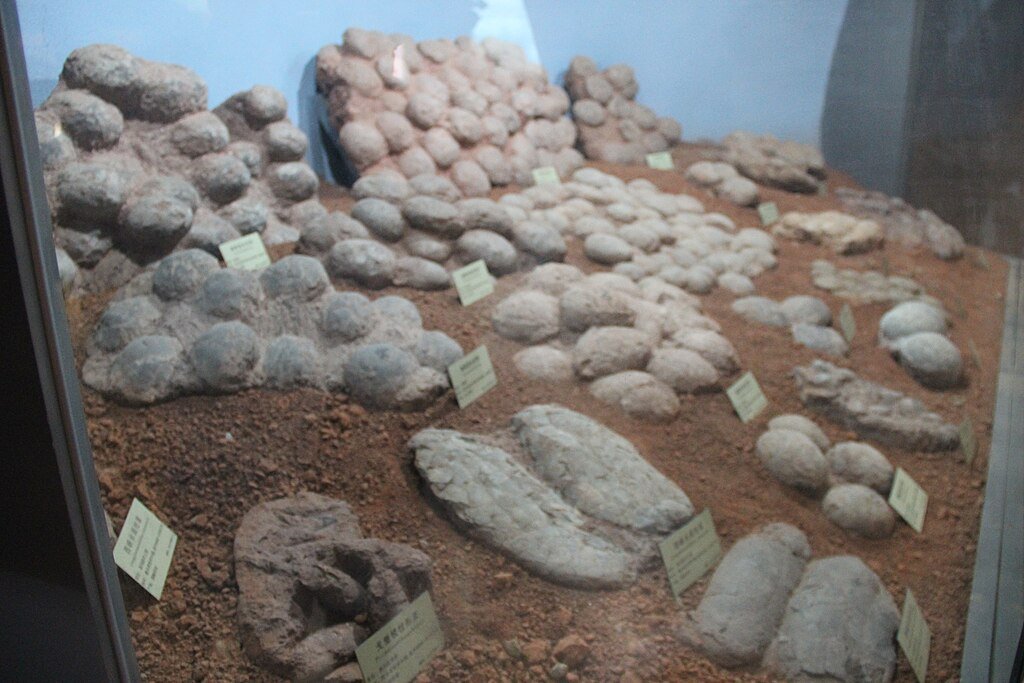
Fossilized embryos, sometimes found preserved within these ancient eggs, are crucial for understanding dinosaur development stages. By examining the formation and size of embryos, scientists can learn about the growth rate and developmental stages of dinosaur offspring, shedding light on the life cycle of these ancient reptiles. Moreover, embryonic fossils illuminate the similarities between dinosaurs and the modern birds they evolved into.
Nesting Behaviors
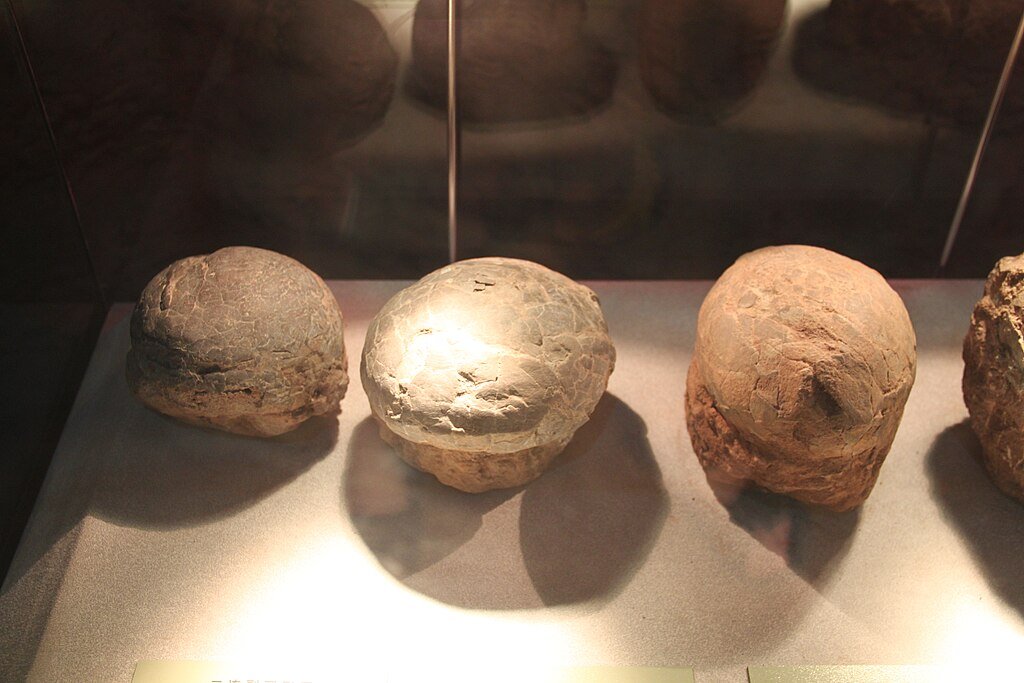
Dinosaur nest sites are scattered across the globe, from North America to Asia, and each discovery reveals new information about nesting habits. These sites often display nests grouped in colonies, suggesting that some dinosaur species, like birds today, nested in communal groups to protect their eggs from predators. Such findings are crucial for understanding social behaviors and parental responsibilities in dinosaur communities.
Egg Incubation Techniques
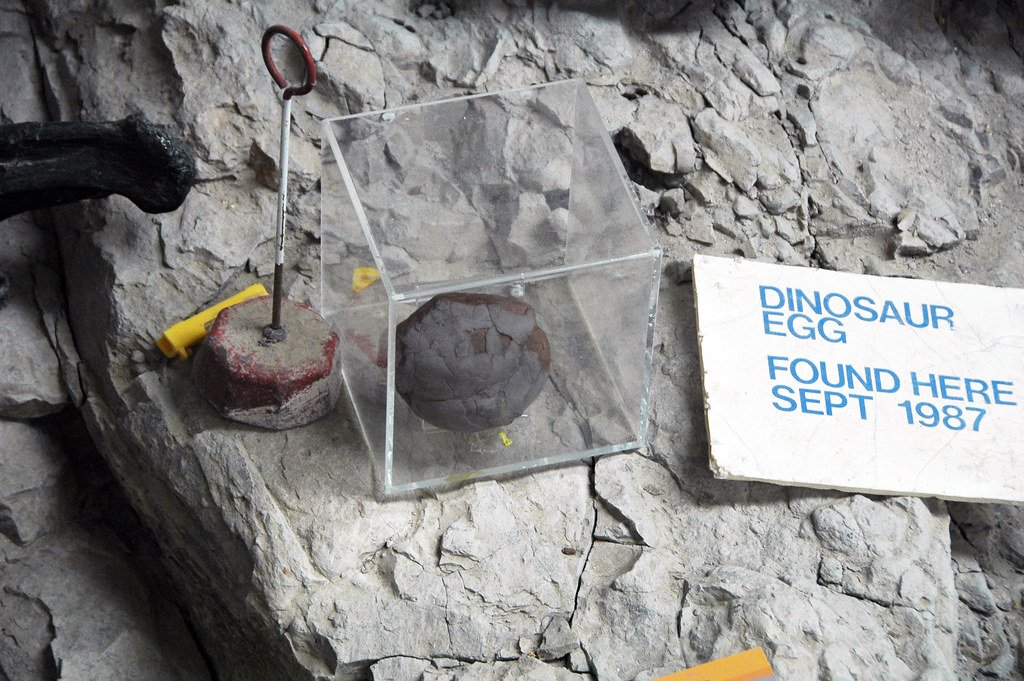
Analyzing the thickness and composition of fossilized egg shells offers clues about how dinosaurs may have incubated their eggs. Some species might have used body heat, while others relied on environmental factors like warmth from the sun or geothermal heat. These findings illuminate the reproductive strategies dinosaurs used to ensure the survival of their young in challenging prehistoric environments.
The Connection to Modern Birds
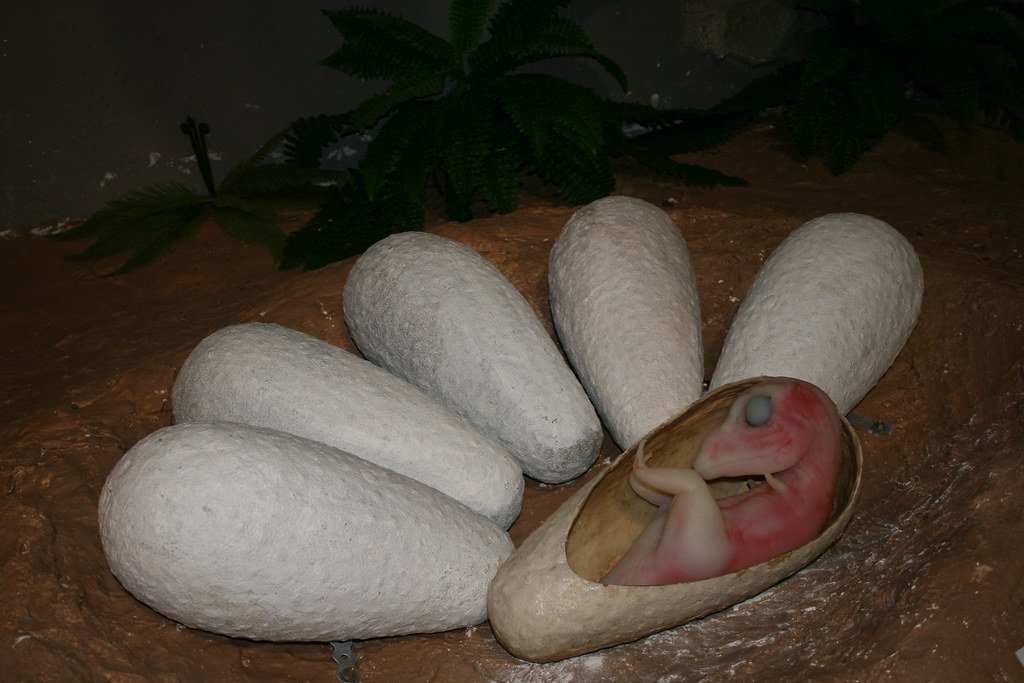
Fossilized dinosaur eggs reinforce the evolutionary link between dinosaurs and birds. Many similarities, such as two-layered eggshells and organized nest structures, suggest that modern avian reproductive traits originated from their prehistoric ancestors. These connections not only highlight the evolutionary lineage from dinosaurs to birds but also offer a perspective on how reproductive strategies evolved over millions of years.
Climate and Dinosaur Reproduction
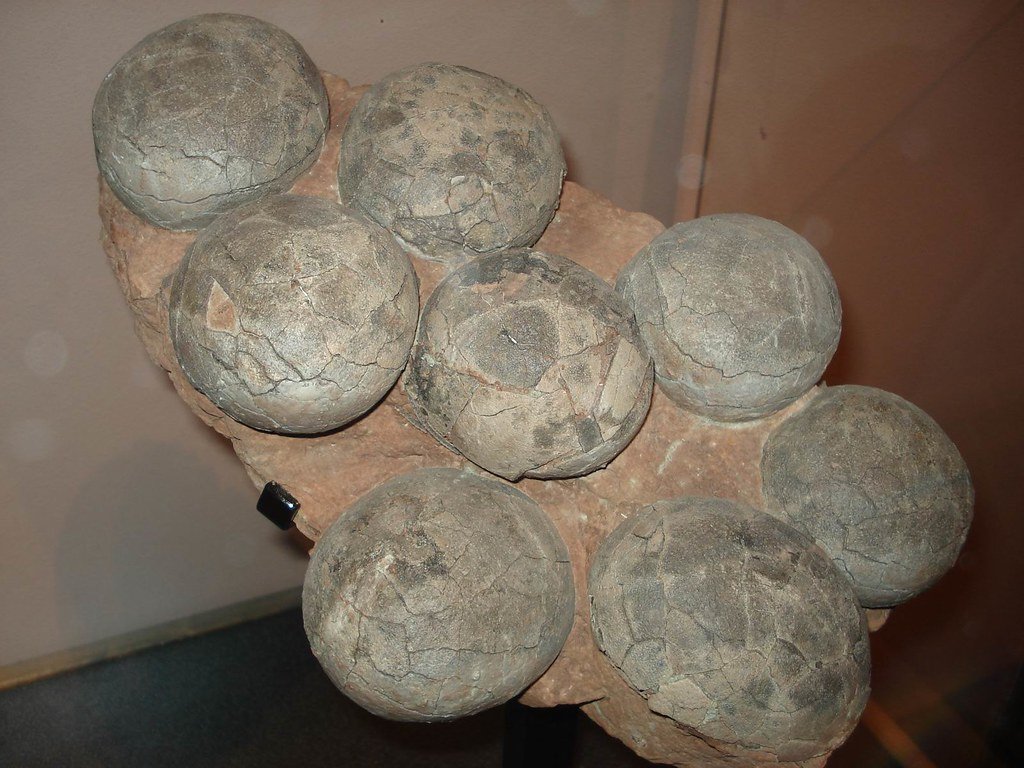
The environment had a significant impact on dinosaur reproductive success. By studying the geological context of nest sites, scientists can infer climatic conditions that influenced reproduction. Fossilized eggs provide data on temperature, humidity, and other environmental factors that affected nesting success, helping us understand the adaptability and ecological strategies of different dinosaur species.
Egg Predation Pressures
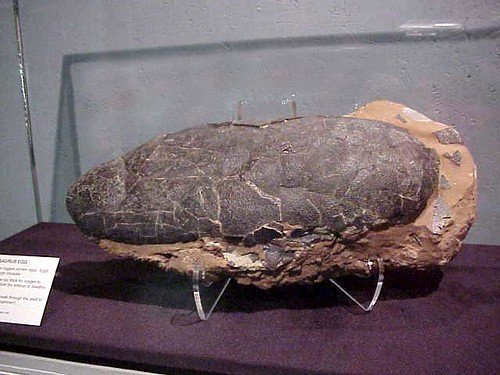
Fossilized eggs and nest sites also highlight the pressures of predation on dinosaur reproduction. Evidence of damage to shells and the discovery of crushed eggs at nest sites suggest that predators were a constant threat. This dynamic between prey and predator would have influenced reproductive strategies, such as communal nesting or increased egg production, to ensure species survival.
Technological Advances in Egg Analysis
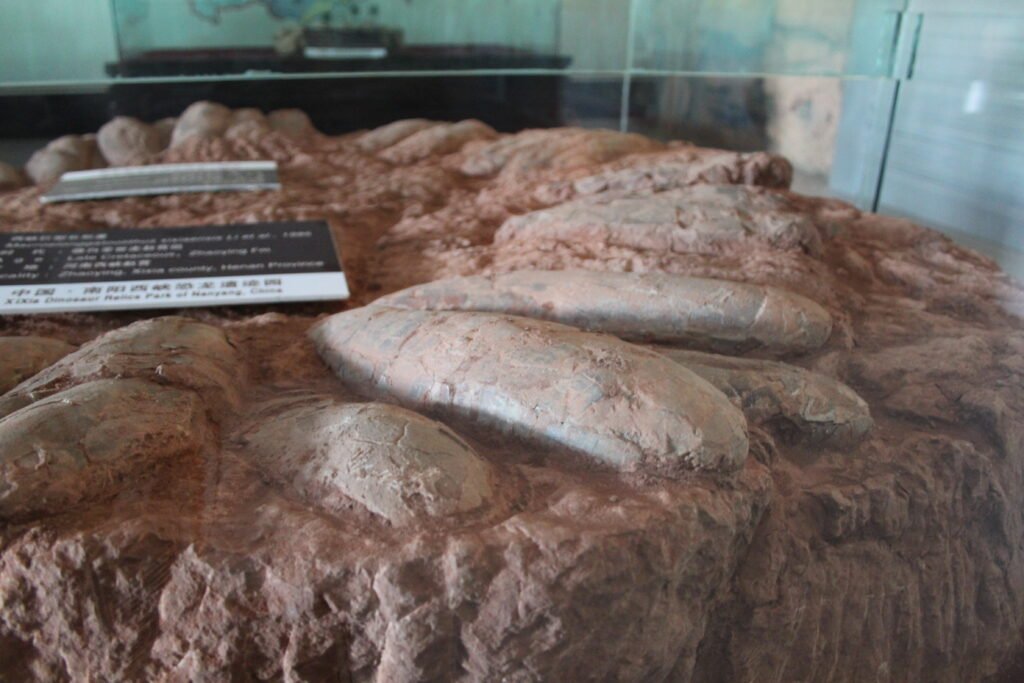
Recent technological advances, including micro-CT scanning and 3D imaging, have revolutionized the study of fossilized dinosaur eggs. These tools allow scientists to examine eggs’ internal structures in unprecedented detail, uncovering features like embryonic bones and the arrangement of tissues without causing damage. This innovative approach has significantly expanded our understanding of embryonic development in dinosaurs.
Preservation Challenges

The preservation of dinosaur eggs presents unique challenges, as conditions must be just right for fossilization processes to occur. Understanding these factors not only helps scientists locate potential fossil sites but also informs them about the environmental conditions during the time of the dinosaurs, providing a more comprehensive picture of their world.
Global Distribution of Dinosaur Nests
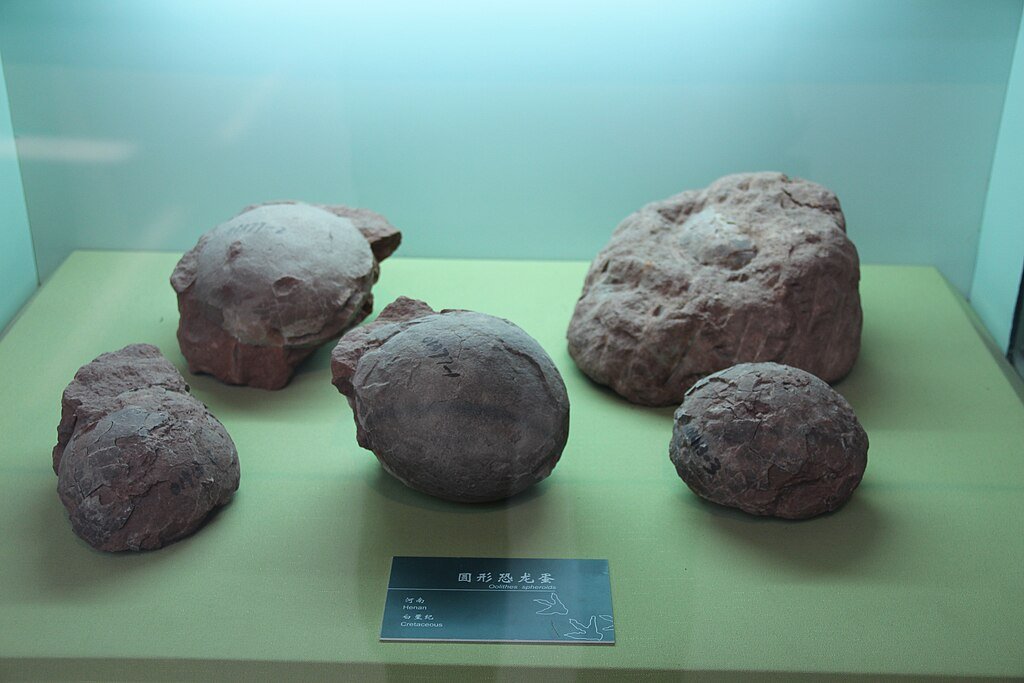
Dinosaur nests have been discovered on every continent, highlighting how widespread these creatures were. This distribution suggests various reproductive strategies adapted to local environments, from the deserts of Asia to the forests of North America. Learning about these nests provides a broader understanding of how dinosaurs thrived in diverse conditions worldwide.
Implications for Extinction Theories
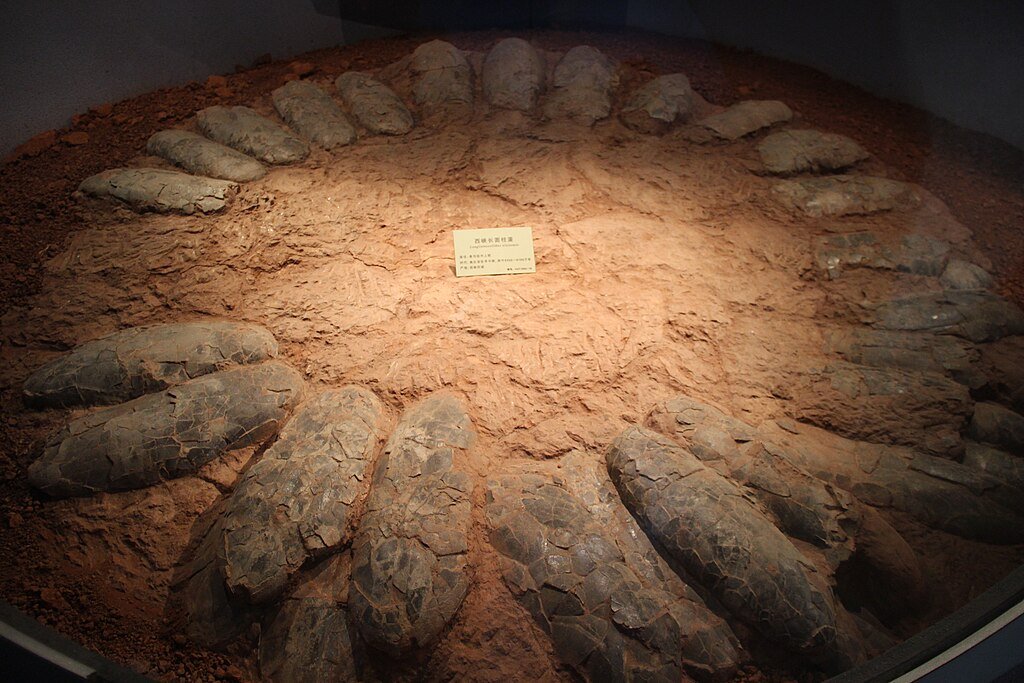
The study of dinosaur eggs also offers implications for understanding the causes of dinosaur extinction. Reproductive strategies and environmental conditions found within egg sites provide clues about how dinosaurs might have coped with—or succumbed to—drastic climate changes, aiding in formulating theories about their ultimate extinction.
Ethical Considerations in Paleontology

With the rising demand for dinosaur fossils in the private sector, ethical considerations about excavating and owning fossils, including eggs, have come to the forefront. Ensuring that significant discoveries remain accessible to the scientific community for study rather than ending up in private collections is crucial for advancing our understanding of dinosaur reproduction.
The Future of Dinosaur Egg Research
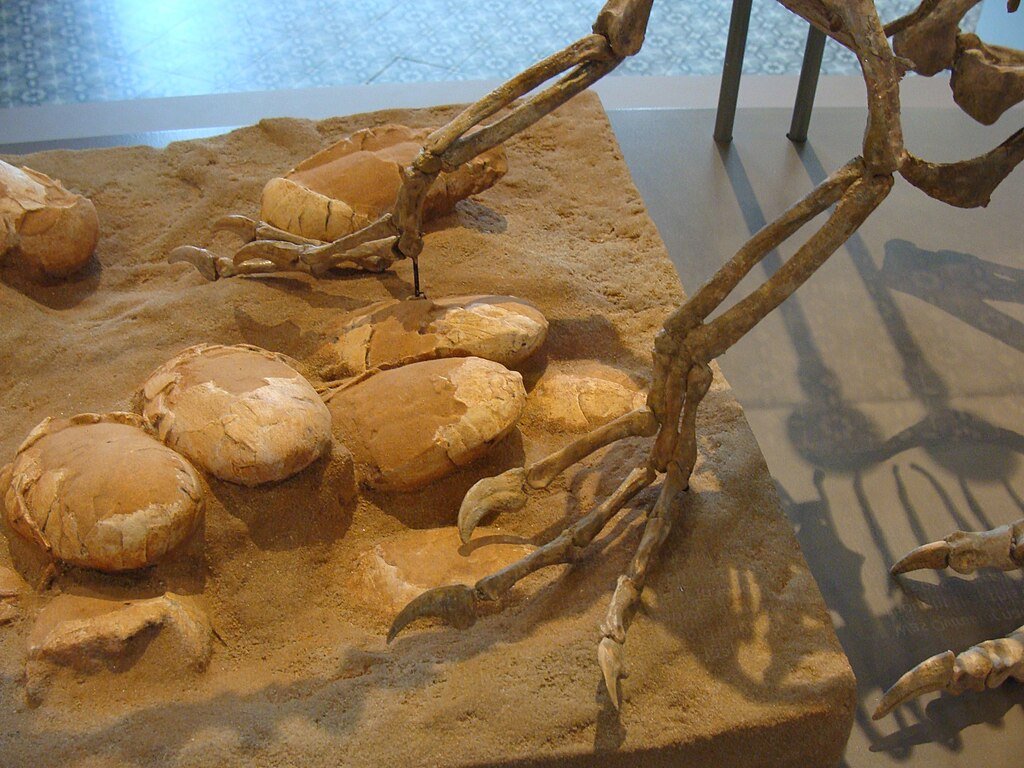
As technology advances and more fossils are unearthed, the potential for new discoveries about dinosaur reproduction is vast. Ongoing research promises to resolve unanswered questions and potentially revise existing theories about the lifecycle of dinosaurs, making this an exciting field of study for years to come.
Conclusion: A New Era of Understanding
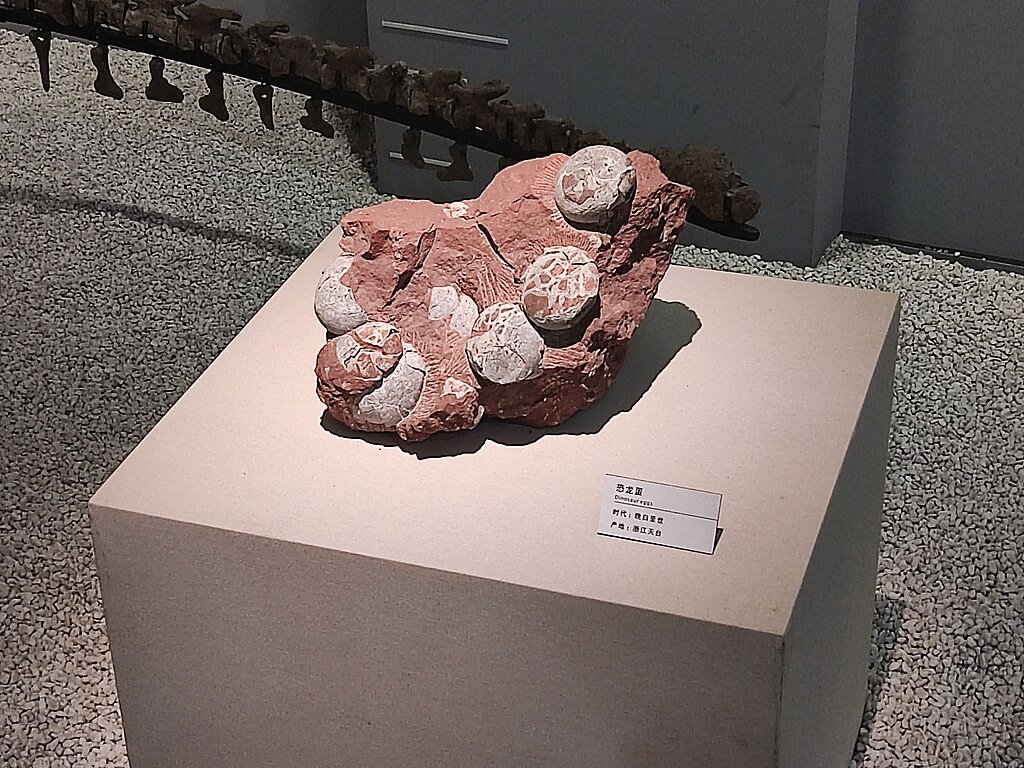
The study of fossilized dinosaur eggs is revolutionizing how we understand dinosaur reproduction. These ancient remnants provide critical insights into the reproductive habits, growth, development, and evolutionary pathways of dinosaurs. As scientific techniques evolve, we will continue to uncover the secrets locked within these fossils, reshaping our understanding of the prehistoric world and the remarkable creatures that inhabited it. With every fossil discovery, we inch closer to painting a complete picture of the life and times of dinosaurs, transforming our knowledge of these majestic creatures.




